Darkest Hour: Choices under the historical sky

The film “Darkest Hour” is a historical biopic directed by British director Joe White. The film “Darkest Hour” is a change from the traditional narrative of war films and historical films that focus on the battlefield, instead of choosing bloody war scenes that can bring people a strong visual impact, “Darkest Hour” tells the story of Hitler’s fascist armies in Europe, the defeat of all countries, when Britain faced a huge choice, Churchill was appointed as the Prime Minister in time of war, on behalf of Britain declared war on the fascists. Churchill was appointed Prime Minister and declared war on behalf of Britain, successfully rescuing hundreds of thousands of British troops from Dunkirk, a decisive event in the history of the Second World War. The film vividly shows the peak moment of Churchill’s political career, portraying the tough and human side of the British Prime Minister, as well as the difficult and important choices Churchill made under the power game of the British government.
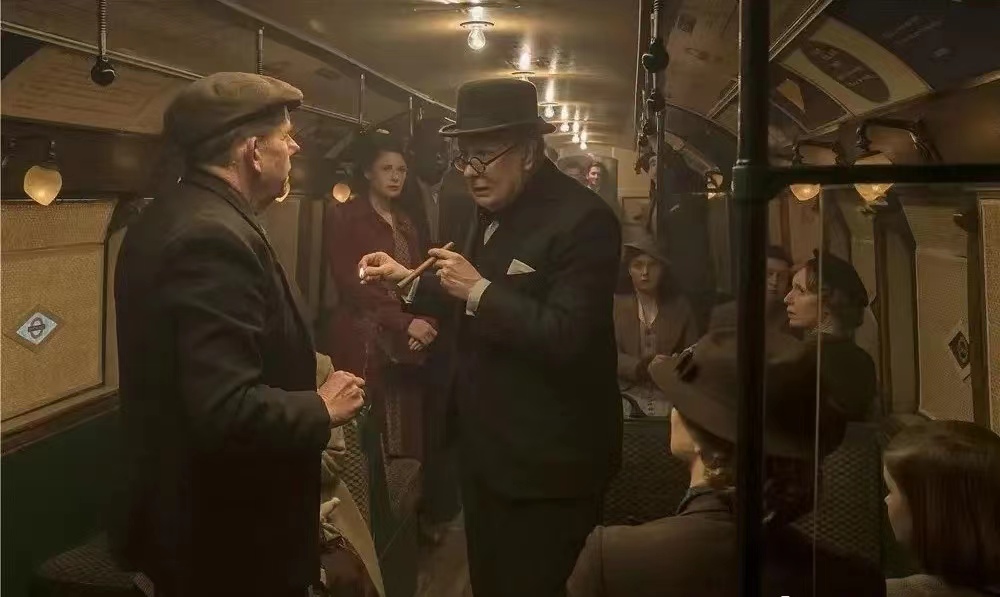
Unique choice of narrative angle
The film is an alternative side story, almost “bloodless” to complete the narrative of this important historical event, which can be described as a four-two pound depiction of a war without smoke and mirrors. The film opens brilliantly, focusing on this historical event from the grand battlefield to the British Council Chamber to the dinner table of fellow Conservatives to Churchill’s private family life. First, the film opens with about a minute of footage from the actual war in World War II history, bringing people into that particular moment in history when life and death were at stake. The film chooses May 9, 1940 as the starting point of the narrative: Hitler’s invasion of Europe, already invaded Czechoslovakia, Poland, Denmark and Norway, three million German troops gathered in Belgium, ready to take over the rest of Europe, the external crisis is very close; second, the British Prime Minister Chamberlain lost the confidence of Parliament, the Labour Party in the Chamber of the opposition to Chamberlain, the Labour Party and the Conservative Party The contradictions between the Labour Party and the Conservative Party intensified, the smell of gunpowder, the election of a new Prime Minister has begun; again, the Conservative Party has no leader within the group, the Foreign Minister Halifax refused to serve as the new Prime Minister at the Conservative Party’s table of colleague ventilation, so the only candidate left with the qualifications to serve as Churchill, the party is opposed, the contradictions are sharp, the table is filled with the anxiety of the people can not accept this reality; finally, the focus to Churchill’s Finally, the focus is on Churchill’s home, where the rookie who took over as Churchill’s secretary comes to visit, but the scene is chaotic. The film’s focus is gradually narrowed, putting the major historical events under an extremely microscopic perspective, which is also the perspective that the audience can most empathize with.
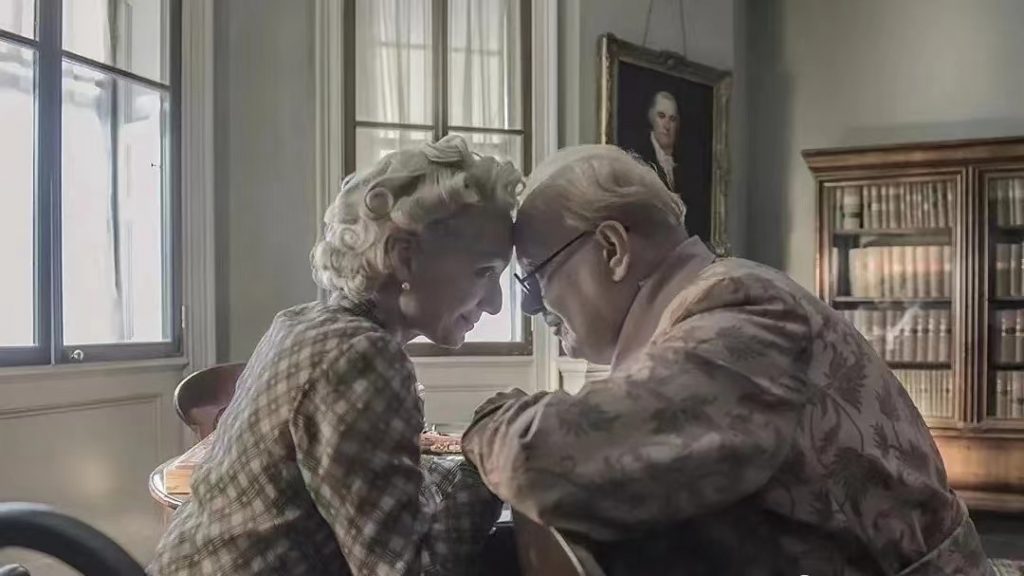
Stereoscopic presentation of the biographical hero
Churchill was not only a great prime minister, but also a husband, a father and an ordinary man in his life. The film adopts the story line of personal hero growth, allowing this “ordinary” Churchill to overcome his weaknesses step by step, and finally save Britain, Europe and the world, so that every ordinary audience can resonate and establish an emotional bond. The film’s portrayal of the characters is so detailed that it can be said that the film is more of a dramatic story than a coincidental one. The Churchill of the film is alcoholic, smoker, irritable, cranky, and unreasonable. In the specific characterization, the film does not deliberately ignore the various shortcomings of Churchill, on the contrary, the film is committed to breaking people’s established impressions of Churchill from beginning to end, each scene will try to Churchill’s shortcomings are exposed, so that he became a real and real life person. The film begins with an aging Churchill sitting in bed eating breakfast, but mumbling about the world situation, one sentence about the establishment of a wartime cabinet, the next sentence complaining about his cat going under the bed again. This Churchill slightly comical, although some unexpected, but in the reasonable, character traits distinct.
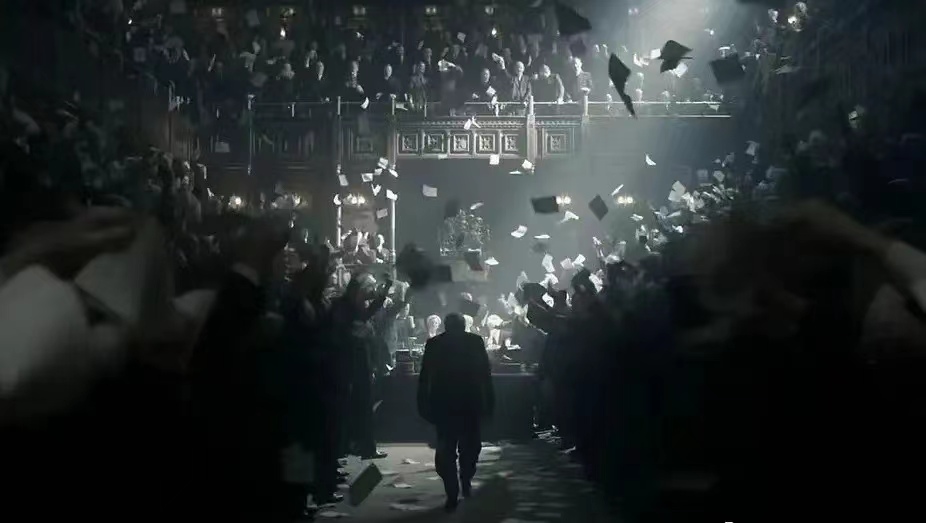
Fictional characters to bring the audience into history
The film also chose an extraordinarily clever story as an entry point, supplemented by a new rookie secretary beside Churchill to run through the entire narrative. Churchill is an extraordinary man, after all, and the audience needs a more “ordinary” character as a medium to lead them into the history and the world of the protagonist. In order to bring the audience closer to Churchill, “Darkest Hour” creates a fictional character of Miss Layton, a typist, who becomes the audience’s guide to Churchill’s intimate life. The story starts with the entry of the secretary’s budding personality, allowing the audience to be the rookie character who enters Churchill’s private living space and experiences the grand historical event that affected Britain and humanity. Along with the first-time female secretary, the audience is able to uncover the most intimate image of Churchill, a towering figure who played a crucial role in human history, in his home office, satisfying the viewer’s voyeuristic desire. In showing the tense situation at the front line of the Dunkirk retreat and Churchill’s difficult choices, the film chooses the female secretary to accomplish this dramatic task, using women’s emotional feelings to do emotional release. The audience follows the female secretary into the wartime cabinet office, where the dark, cramped and secretive environment makes the tension of the war envelop people. Through the interaction between the secretary and Churchill, the film creates a dramatic tension and sadness that Churchill could not present alone. The film also uses the medium of the map to move to the front line of the war to receive telegrams from the Calais troops, through Churchill explaining the war situation to the female secretary, who sadly touches the map, to present the sad and tragic post-war scene visually to the audience. When Churchill struggles with whether to make peace with Germany, he picks up the photograph on his secretary’s desk and asks about it, learning that his brother is also trapped at Dunkirk, and they are silent. Here there is no intense dramatic event, but the subtle emotional states and changes in the characters’ behavior are expressed to a T. All the details are fermenting, and the silence is better than the sound to let the audience’s emotions follow the characters and experience the extreme struggle within the characters.
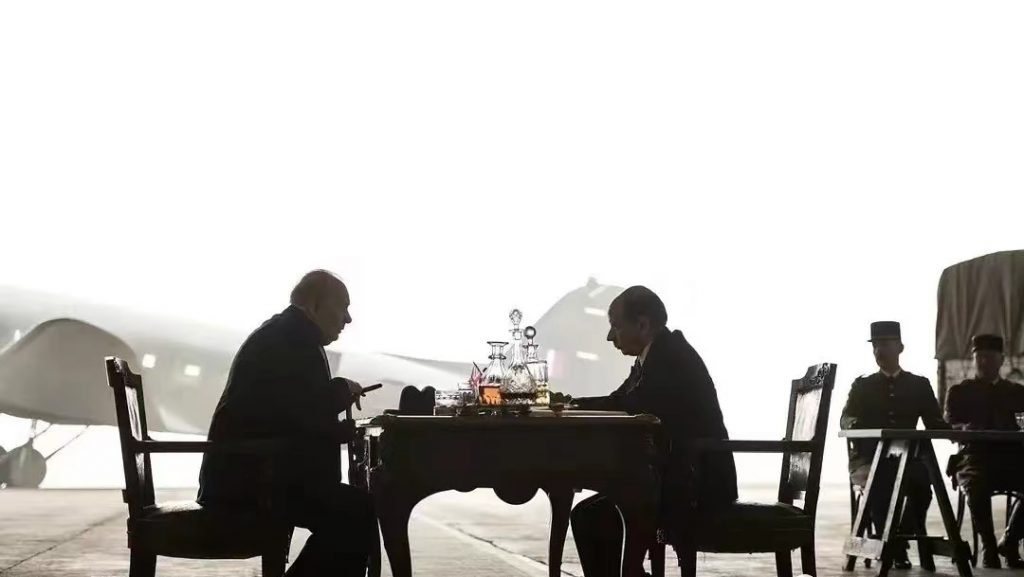
The confrontation between cold and warm
Darkest Hour” is a digital film shot in 2D. The cinematographer Bruno used the light in the film in a very unique way, fully reflecting the texture, three-dimensionality and spatiality of people and objects, and the environmental characteristics and scene features are also expressed in a very layered way. In the lighting of “The Darkest Hour”, the two light sources of yellow light and white light are highlighted. Warm, soft, yellow light is the color of sensuality. Leighton is the clue character of the story, which begins with her working as a secretary to Churchill, climaxes with her persuading Churchill to delve into the masses, and ends with witnessing his impassioned speech in the House of Commons – throughout the story. Leighton is a sensual woman, a soft character, so her shots are mostly yellow. The other sensual woman is Churchill’s wife, but is shown mostly in the same tough white cold as Churchill, reflecting her support and understanding of her husband’s decisions. As Churchill’s strongest pillar, she represents the softer side of Churchill, explaining the motivation behind Churchill’s determined acts of resistance. Icy, tough, white light shows the struggle. Churchill’s first tense meeting with King George VI at Buckingham Palace used a lighting setup with strong contrasting light and shadow. Bruno had planned to use exterior sunlight to contrast with the darkness inside, but the film was shot in winter and it rained all the time, so he moved the sunlight effect indoors. In the real Buckingham Palace, the curtains in front of the large windows only allowed a narrow line of sunlight in, but Bruno widened the gap in the curtains so that they could create a larger beam of light between the two men who resented each other during filming.
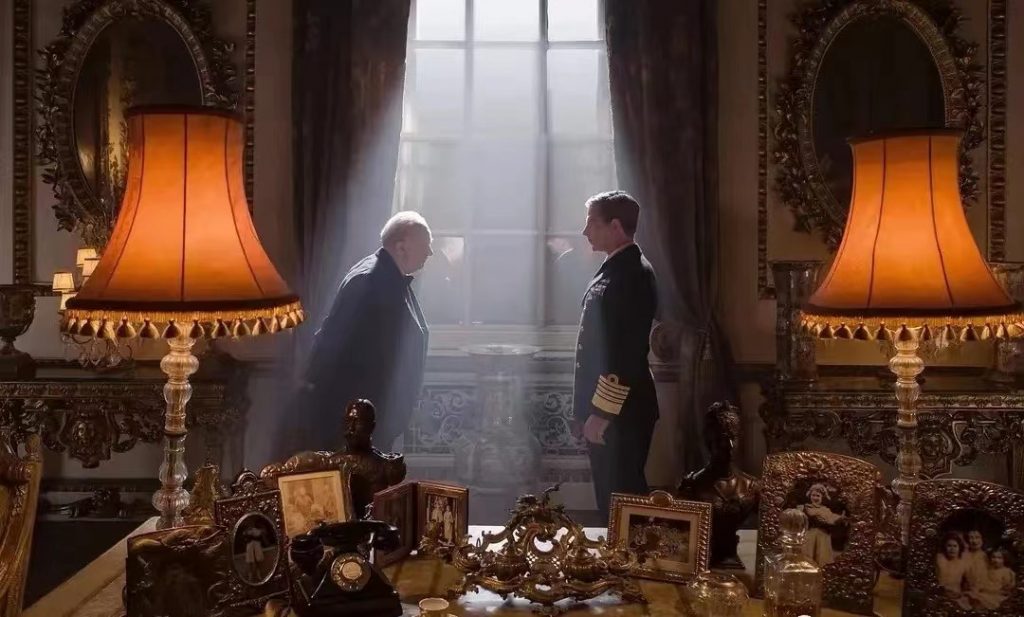
In the film, Churchill has four speeches, two of which take place in the House of Commons. In shaping the House of Commons, Bruno used the left and right top light as the main light source, which not only showed the depth, but also restored a very expressive House of Commons. Bruno adjusted the top light according to the needs of the plot. In the opening scene of the film, the opposition representatives spoke in the House of Commons, and the light source was shot from the top left of the screen; while in the later scenes of Churchill’s speech, the light source was shot from the top right of the screen, so that the light source was more like a spotlight, strongly and isolated on the Prime Minister’s position, highlighting his lonely fight.
